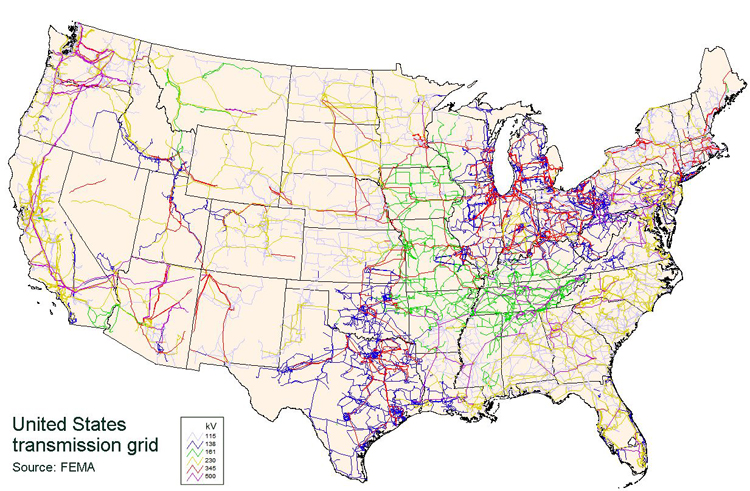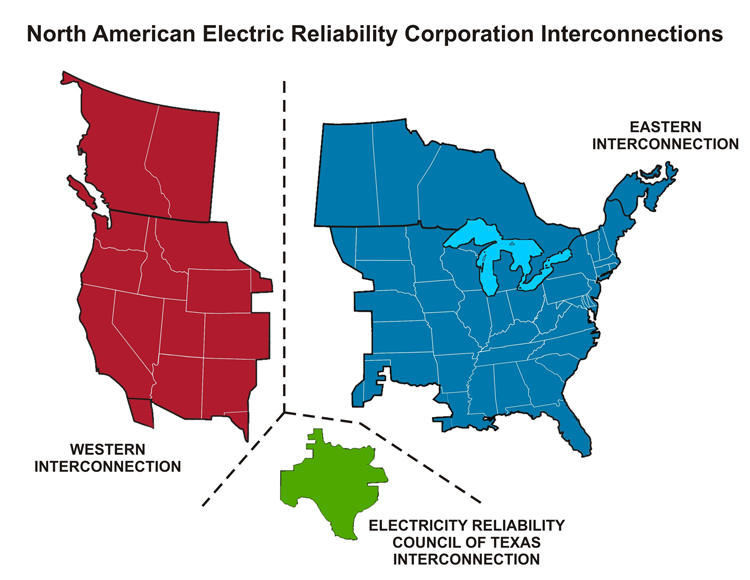The electric grid in the United States is a complex maze of more than 150,000 miles of high-voltage transmission lines fed by more than 5,400 generating facilities.

There are four major utility types responsible for the generation and transmission of electricity in the United States. These types include investor-owned utilities, public utilities, electric cooperatives, and non-utility power producers. The largest amount of energy in the United States is generated by investor-owned electric utilities, which accounts for about 73 percent of the total electric power generated. Public utilities made up of federal, state, and local governments are the second-largest type of electric power generators, generating about 14 percent of the total electric power. Electric cooperatives provide an additional 12 percent of the total electric power generated, followed by the non-utility power producers, making up the remainder of the total. In contrast, non-utility power producers are the largest in number (2,100), followed by public utilities (2,000), electric cooperatives (930), and then investor-owned utilities (213).
There was no master plan in place for the grid; it evolved over time as the demand for electricity increased. To meet this ever-growing demand, utilities established links with their neighboring utilities to provide power where it was needed. Utilities realized they needed to improve reliability. They also realized that economies of scale could be leveraged by linking the transmission lines.
A huge Northeast blackout occurred in 1965 (see why: Northeast Blackout of 1965), and as a result, much of the grid control shifted to regional operations. This regional framework consists of the Eastern Interconnection, the Western Interconnection, and the Texas Interconnection. These interconnections maintain connections with Canada and Mexico. Overall reliability planning and coordination of the electric grid is provided by the voluntary North American Electric Reliability Council (NERC), created after the 1965 Northeast blackout. NERC functions to "develop and enforce reliability standards; assess reliability annually via 10-year and seasonal forecasts; monitor the bulk power system; and educate, train, and certify industry personnel." (NERC Website)
To meet future demands for electricity, the current generation and transmission system requires heavy investment in new, conventional, and alternative generation, including efficiency improvements. In concert with this new investment in generation comes a similar need to upgrade and expand in next-generation transmission and distribution systems. The current transmission and distribution system is congested because of the growing demand for electricity, poor planning, and insufficient investment to keep pace with changes. A consequence of this lack of planning prohibits the planned outages necessary for routine maintenance, which can lead to system-wide failures in the event of unplanned outages.

